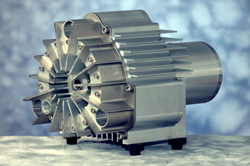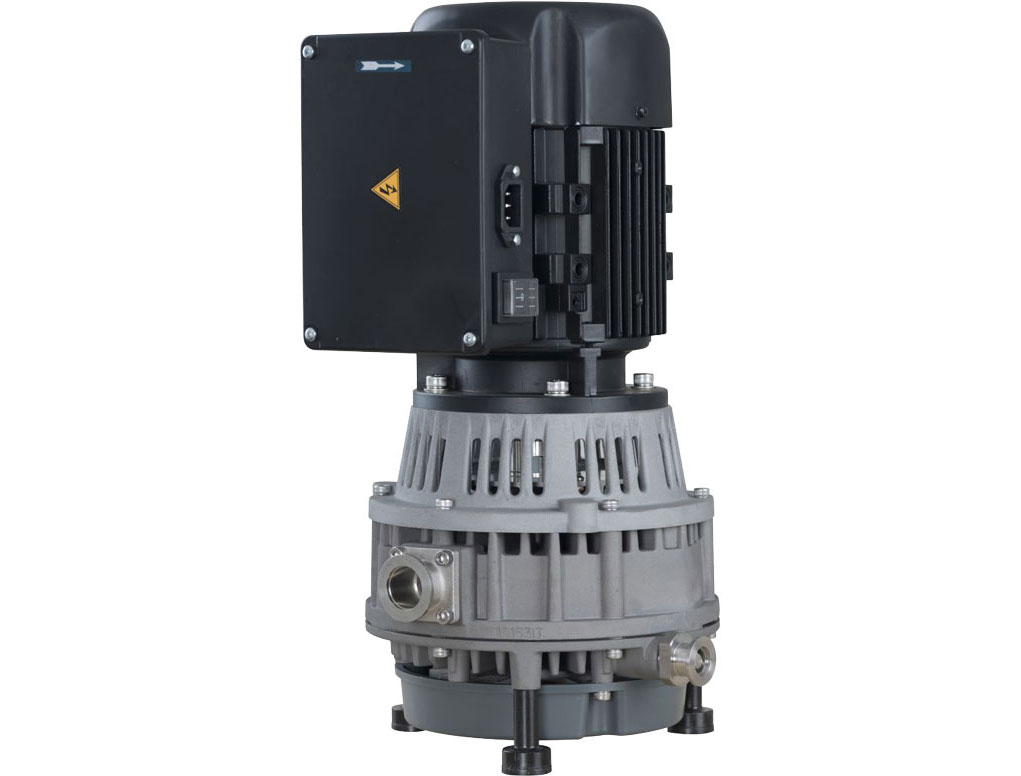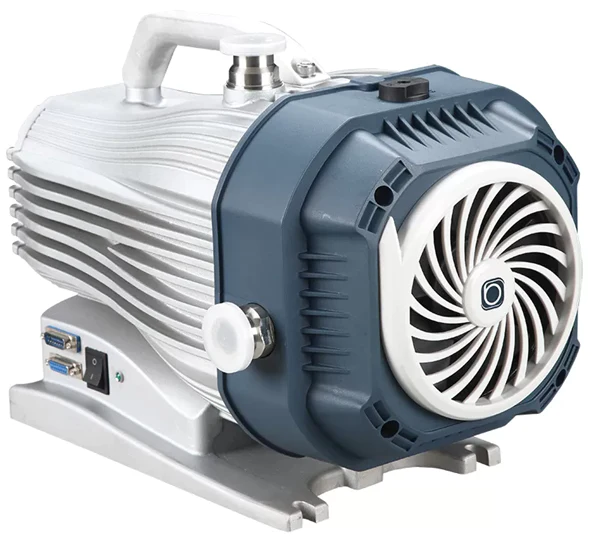Product Description
Water Ring Vacuum Pump Air Rotary Oil Water Piston Dry Portable Mini Scroll Reciprocating Diaphragm Centrifugal Positive Displacement DC AC Vacuum Pumps
water vacuum pump
Liquid Ring Vacuum Pump Working Principle. The vacuum pump consisting an impeller which is located eccentric to the cylinder body(Vacuum pump housing). Vacuum is created in the vacuum pump by using a liquid seal. ... When the impeller starts to rotate, the liquid is starts move outward by centrifugal force.
Water ring vacuum pump is a common type of liquid ring vacuum pump. Water ring is a rotor with multi-blades eccentrically installed in the pump shell. When it rotates, it throws liquid into the pump and forms a liquid ring concentric with the pump shell. The liquid ring and the rotor blade form a rotating variable capacity vacuum pump with periodic volume change. When the working liquid is water, it is called water Ring vacuum pump. There are many kinds of water ring vacuum pumps with different prices. .Among them, 2BV is more cost-effective. The type selection of water ring vacuum pump should be based on your on-site process, the required vacuum degree and the amount of air pumping required.
| Oil or Not: | Oil Free |
|---|---|
| Structure: | Rotary Vacuum Pump |
| Exhauster Method: | Entrapment Vacuum Pump |
| Vacuum Degree: | Vacuum |
| Work Function: | Mainsuction Pump |
| Working Conditions: | Dry |
| Samples: |
US$ 9999/Piece
1 Piece(Min.Order) | |
|---|

Are scroll vacuum pumps environmentally friendly and compliant with regulations?
Scroll vacuum pumps are considered relatively environmentally friendly compared to some other types of vacuum pumps. Here's a detailed explanation:
Environmental Friendliness:
Scroll vacuum pumps offer several features that contribute to their environmental friendliness:
- Oil-Free Operation: Many scroll vacuum pumps are designed for oil-free operation. This eliminates the risk of oil contamination and the release of oil vapor or aerosols into the environment. Oil-free operation is particularly important in applications where a clean and particle-free vacuum environment is required, such as semiconductor manufacturing or research.
- Low Energy Consumption: Scroll pumps are known for their energy efficiency. They typically consume less energy compared to other vacuum pump technologies, resulting in reduced power consumption and lower environmental impact.
- Minimal Maintenance: Scroll vacuum pumps require minimal maintenance, which reduces the consumption of resources and minimizes waste generation associated with pump servicing or component replacement.
- Quiet Operation: Scroll pumps are designed to operate quietly, contributing to a more comfortable and environmentally friendly working environment by reducing noise pollution.
Regulatory Compliance:
Scroll vacuum pumps are designed and manufactured to comply with various regulations and standards, ensuring their safe and environmentally responsible operation. Some of the key regulations and standards that govern vacuum pumps include:
- European Union (EU) Regulations: Scroll vacuum pumps intended for sale or use within the European Union must comply with relevant directives, such as the Restriction of Hazardous Substances (RoHS) Directive and the Waste Electrical and Electronic Equipment (WEEE) Directive. These directives restrict the use of hazardous substances and promote the proper disposal and recycling of electronic equipment.
- International Electrotechnical Commission (IEC) Standards: IEC standards, such as IEC 61010 for electrical safety and IEC 61326 for electromagnetic compatibility, provide guidelines for the safe operation and performance of vacuum pumps and other laboratory equipment.
- Environmental Protection Agency (EPA) Regulations (United States): In the United States, scroll vacuum pumps must comply with environmental regulations enforced by the EPA, such as the Clean Air Act. These regulations aim to reduce emissions of ozone-depleting substances and other pollutants.
- Local and National Regulations: Depending on the jurisdiction, there may be additional local or national regulations governing the use, disposal, or emissions of vacuum pumps. Manufacturers ensure compliance with these regulations to meet the requirements of specific markets.
It is important to consult the manufacturer's specifications, certifications, and compliance statements to ensure that a particular scroll vacuum pump model meets the necessary environmental and regulatory standards for a given application or jurisdiction.
By choosing scroll vacuum pumps with oil-free operation, energy efficiency, minimal maintenance requirements, and compliance with regulations, users can contribute to a more environmentally friendly and sustainable vacuum system.

Do scroll vacuum pumps require water cooling or air cooling systems?
Scroll vacuum pumps can be designed to utilize either water cooling or air cooling systems. Here's a detailed explanation:
Water Cooling Systems:
Some scroll vacuum pumps are equipped with water cooling systems to dissipate the heat generated during operation. Water cooling offers efficient heat removal and helps maintain the pump at optimal operating temperatures. These pumps typically have connections for water inlet and outlet, allowing the circulation of cooling water through the pump's heat exchanger or jacket.
Water cooling systems are commonly used in applications where the pump operates at higher duty cycles or when the ambient temperature is relatively high. They are particularly advantageous when there is a need for continuous or extended operation at elevated vacuum levels, as water cooling provides effective heat dissipation and prevents overheating of the pump.
Air Cooling Systems:
Alternatively, some scroll vacuum pumps utilize air cooling systems. These pumps rely on the circulation of ambient air to dissipate the heat generated during operation. Air cooling systems typically incorporate cooling fins or fans to enhance heat transfer and maintain the pump within the acceptable temperature range.
Air cooling systems are commonly used in applications where water availability or infrastructure is limited. They are suitable for situations where the pump duty cycle is lower, and the operating conditions do not result in excessive heat generation.
Selection Considerations:
When choosing between water cooling and air cooling systems for a scroll vacuum pump, several factors should be considered:
- Duty Cycle: The duty cycle of the pump, which refers to the ratio of operating time to resting time, can influence the heat generation. Higher duty cycles may require water cooling for efficient heat dissipation.
- Operating Environment: The ambient temperature and availability of water resources in the operating environment should be assessed. Water cooling may be preferred in high-temperature environments or when water is readily available.
- Application Requirements: The specific requirements of the application, including desired vacuum level, pumping speed, and operating conditions, should be considered to determine the appropriate cooling system.
- Maintenance and Infrastructure: The availability of maintenance resources, infrastructure for water circulation, and any specific facility requirements should be evaluated when selecting the cooling system.
It's essential to consult the manufacturer's specifications and guidelines to determine the recommended cooling system for a particular scroll vacuum pump model. This ensures optimal performance, longevity, and reliability of the pump in the intended application.

How does the scroll design contribute to the reliability of these pumps?
The scroll design of vacuum pumps plays a significant role in enhancing their reliability. Here's an explanation of how the scroll design contributes to the reliability of these pumps:
1. Sealed System:
The scroll design features two interleaved spiral scrolls, one fixed and one orbiting. The interaction between these scrolls creates a series of crescent-shaped chambers. As the orbiting scroll moves, these chambers decrease in size, compressing and expelling gases. The tightly sealed system of the scroll design ensures minimal leakage, preventing the entry of contaminants and maintaining a consistent vacuum level. This sealed system enhances the reliability of scroll vacuum pumps by minimizing the risk of performance degradation and ensuring continuous and efficient operation.
2. Oil-Free Operation:
One of the key advantages of scroll vacuum pumps is their oil-free operation. Unlike other types of pumps that rely on oil lubrication, scroll pumps utilize a dry mechanism. The scroll design eliminates the need for oil lubrication by using non-contacting, self-lubricating materials such as PTFE (polytetrafluoroethylene) or carbon. This eliminates the risk of oil contamination in the pumped gases or the vacuum chamber. The absence of oil also reduces maintenance requirements and enhances the reliability of the pumps by eliminating the potential for oil-related issues, such as oil degradation, leaks, or mechanical failures.
3. Minimal Moving Parts:
The scroll design features a relatively simple construction with minimal moving parts. Compared to other types of pumps, scroll vacuum pumps have fewer components that can wear out or malfunction. This reduces the likelihood of mechanical failures and improves the overall reliability of the pumps. The simplicity of the scroll design also contributes to ease of maintenance and servicing, further enhancing their reliability and uptime.
4. Low Vibration and Noise Levels:
The scroll design of vacuum pumps results in smooth and quiet operation. The absence of reciprocating pistons or vanes, which are common in other pump designs, reduces vibration levels. This lower vibration minimizes the stress on pump components, reducing wear and tear and improving the overall reliability. Additionally, the low noise levels of scroll pumps make them suitable for applications that require a quiet working environment, such as laboratories or medical facilities.
5. Contamination Resistance:
The scroll design of vacuum pumps offers inherent contamination resistance. The absence of oil lubrication eliminates the risk of oil carryover or oil-related contamination. Additionally, the sealed system and non-contacting scroll surfaces reduce the chances of particulate contamination or wear debris generation. This contamination resistance contributes to the long-term reliability of the pumps by minimizing the potential for performance degradation or damage to sensitive components.
In summary, the scroll design of vacuum pumps enhances their reliability through a sealed system, oil-free operation, minimal moving parts, low vibration and noise levels, and contamination resistance. These factors make scroll vacuum pumps a reliable choice for various industrial applications.


editor by CX 2023-11-28
